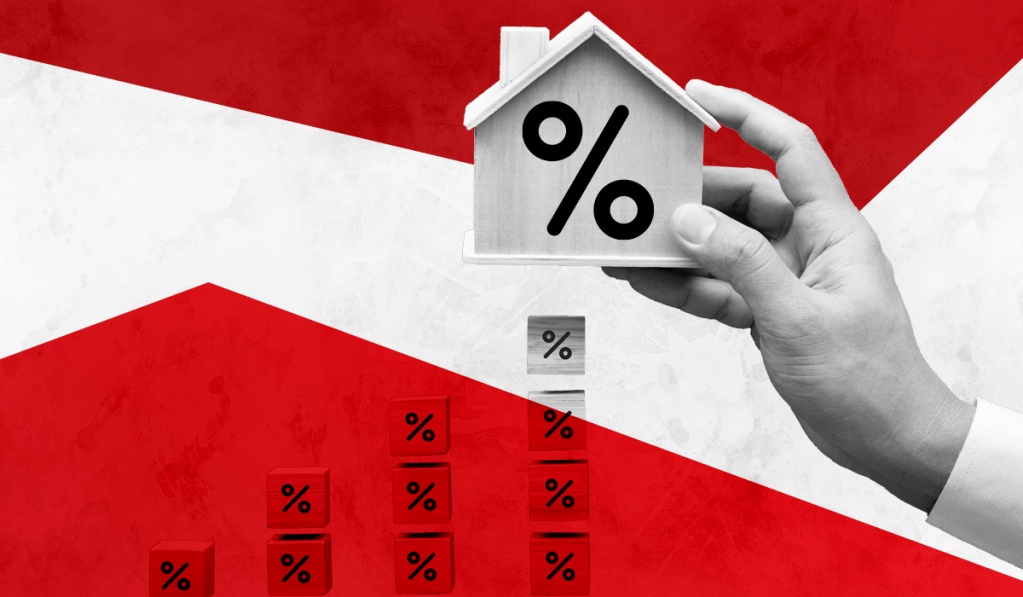With mortgage rates surging to the 7% mark, industry observers believe that a new refi wave won’t return for several years. Lenders have started to prepare their businesses for at least two more years of reduced production.
The latest weekly survey data from Freddie Mac shows the 30-year fixed-rate mortgage surged 26 basis points from last week to 6.92%, a record-setting climb to its highest level since April 2002. A year ago at this time, rates averaged 3.05%.
“We continue to see a tale of two economies in the data: strong job and wage growth are keeping consumers’ balance sheets positive, while lingering inflation, recession fears and housing affordability are driving housing demand down precipitously,” Sam Khater, Freddie Mac’s chief economist, said in a statement.
The Freddie Mac’s index compiles purchase mortgage rates reported by lenders during the past three days. It’s focused on conventional, conforming, fully amortizing home purchase loans for borrowers who put 20% down and have excellent credit.
Other indexes show higher rates.
On HousingWire’s Mortgage Rates Center, Black Knight’s Optimal Blue OBMMI pricing engine, which also includes some refinancing products, measured the 30-year conforming rate at 6.939% on Wednesday, up from 6.651% the previous week. Meanwhile, the 30-year fixed-rate jumbo (greater than $647,200) went from 6.137% to 6.549% in the same period.
At Mortgage News Daily, however, the rates were 7.05% for conforming and 6.05% for jumbos on Wednesday, a spread of 100 basis points.
I’m ready for at least two years of reduced volumes. We may be going from the highest year on record to the worst year on record within 12 months, essentially.
– Top nonbank Mortgage exec
“We have seen credit tighten as both lenders and borrowers grapple with ongoing economic uncertainty and affordability challenges,” Bob Broeksmit, president and CEO of the Mortgage Bankers Association (MBA), said in a statement. “Despite strong wage and job growth in September, prospective homebuyers remain reluctant to jump into the housing market.”
Refis will not save you
The steep increase in rates has wiped-out demand for refinancing.
Borrowers’ applications for refis were 86% lower last week compared to the same period in 2021, according to the MBA. The decline in refis was more intense than 68.7% on average for all products.
“Unlike in the past, the likelihood of the industry benefiting from another refinance wave in the next few years appears remote,” wrote the team of mortgage companies’ analysts at Keefe, Bruyette & Woods.
According to the analysts, assuming a 50-bps rate incentive is necessary for a borrower to refinance, less than 1% of the mortgage universe today would have this incentive. “Importantly, if mortgage rates decline by 150 bps, which we do not view to be likely, the percentage of mortgages in the money to refinance would only increase to 8.8%.”
Consequently, “With competition elevated and a majority of the mortgage universe well over 300 bps out of money to refinance, we think the operating outlook for mortgage originators remains very challenging,” the analysts wrote.
Regarding the specter of refis disappearing for several years, a top nonbank mortgage executive said he is preparing for a dramatic volume reduction in the coming years.
“I’m ready for at least two years of reduced volumes,” he said. “We may be going from the highest year on record to the worst year on record within 12 months, essentially.”
Fannie Mae’s Economic and Strategic Research (ESR) Group forecasts total mortgage origination activity at $1.6 trillion in 2022 and $1.3 trillion in 2023 – the top executive at the mortgage lender said, “There’s a real chance that the market can go to $1 trillion.”
When will the tightening stop?
Surging mortgage rates reflect the Federal Reserve’s tightening monetary policy to control increasing inflation. The Consumer Price Index released Thursday increased 0.4% in September and 8.2% over the last 12 months, far hotter than expected.
So far this year, the Fed has increased the federal funds rate by 300 basis points.
Treasury yields show higher rates in the short term, signaling a recession on the horizon. The 2-year note, closely tied to the Fed’s interest rate moves, increased five bps to 4.28% on Wednesday from the prior week. The 10-year note went from 3.83% to 3.91% in the same period.
Looking forward, another 125 basis points in federal funds rate hikes are still expected to come in 2022, with the rate topping out well above 4%. After that, analysts are unsure whether rates will remain high or gradually come down.
“If the Fed front-loads rate hikes and then gradually brings rates back down (which we think is the most likely outcome), it will likely be multiple years before rates are low enough to spur meaningful refinance activity,” the KBW analysts’ team wrote.







